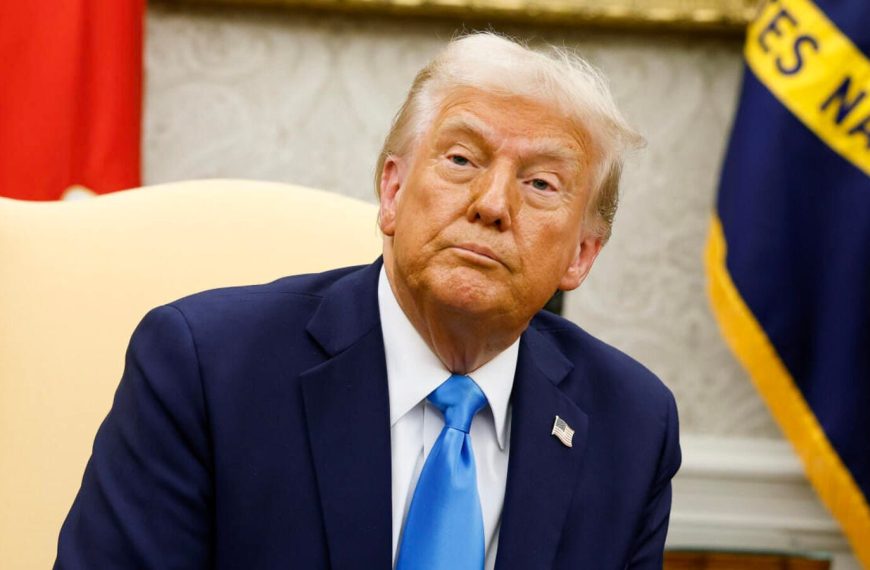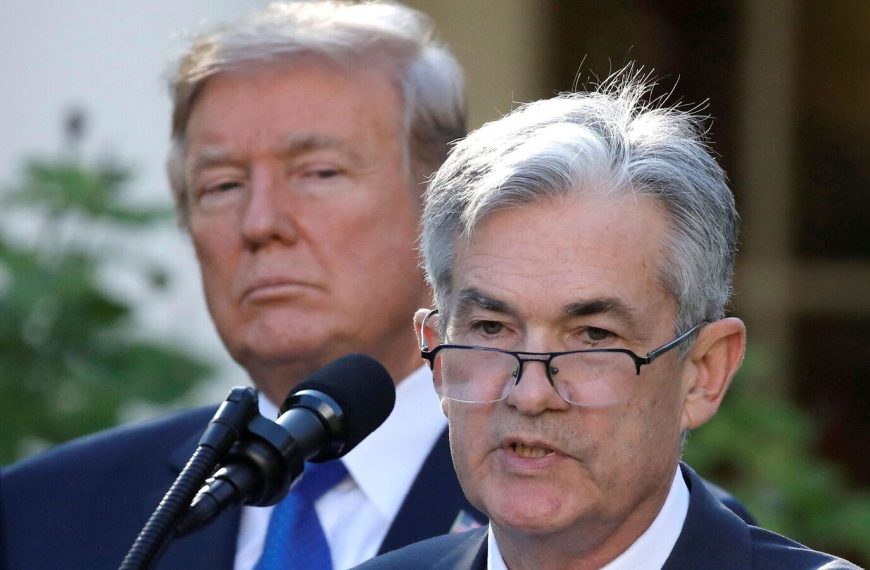The European Union (EU) is actively exploring potential compromises to negotiate the partial lifting of U.S. tariffs that have begun impacting its exports. With significant increases in tariffs looming after April 2, EU officials recently engaged in discussions in Washington, revealing that new auto tariffs and reciprocal measures from the Trump administration are imminent. To navigate this complex landscape, the EU is contemplating a strategic approach to mitigate trade tensions with the United States.
Negotiations Underway for Trade Relief
The European Commission, which oversees trade policies for the EU, is drafting a "term sheet" to outline essential negotiation points. This document aims to address:
- Reduction of EU tariffs
- Increased mutual investments with the U.S.
- Adjustments to specific regulations and standards
Sources familiar with the discussions, who wished to remain anonymous, indicated that these negotiations are crucial as they set the groundwork for future talks once the new tariffs take effect.
Impact of Reciprocal Tariffs
The reciprocal tariffs being introduced are viewed by Trump as a necessary response to perceived unfair trade practices, including non-tariff barriers like domestic regulations and tax collection methods. The EU defends its value-added tax (VAT) as equitable, asserting it applies uniformly to both domestic and imported goods.
- Current expectations suggest that U.S. tariffs could range between 10% and 25% on EU exports.
- Any agreement reached between the two parties is likely to fall short of restoring prior trade conditions, potentially leaving EU-U.S. relations in a more precarious state.
Key Meetings Highlight Trade Issues
Recent meetings included high-profile EU officials, such as Maros Sefcovic, the bloc’s trade chief, and representatives from the U.S. administration, including Commerce Secretary Howard Lutnick. The discussions prominently featured:
- Non-tariff challenges like VAT and digital taxes
- Regulatory and food safety standards
- Opportunities for increasing liquefied natural gas and defense procurements from the U.S.
The EU aims to emphasize that despite having a trade surplus in goods with the U.S., it significantly imports American services, particularly from the booming tech sector.
Broader Tariff Strategy and Future Negotiations
In parallel to reciprocal tariffs, the U.S. has unveiled plans for additional tariffs across various sectors, including metals, automobiles, pharmaceuticals, and semiconductors. Notably, Trump recently announced a 25% tax on vehicles and auto parts. The complexity of negotiations surrounding these tariffs is expected to increase as the U.S. seeks to bolster its domestic industries.
Earlier this month, the U.S. enforced a 25% tariff on steel and aluminum, prompting the EU to propose retaliatory tariffs on up to €26 billion worth of sensitive American goods. The EU is currently consulting with member states and industry leaders, with a formal response anticipated by mid-April.
Potential Consequences of Tariff Escalation
Trump has also threatened to implement a staggering 200% tariff on European wines and spirits if the EU proceeds with its planned levy on American whiskey exports. The EU is likely to take a measured response, allowing time to assess the specifics of the U.S. tariffs. A meeting of EU trade ministers is scheduled for April 7 to discuss the implications of the U.S. measures and formulate a strategic response.
As negotiations unfold, the EU remains focused on safeguarding its economic interests while navigating the complexities of transatlantic trade relations.
For the latest updates on trade negotiations and tariffs, stay tuned to our news feed.











